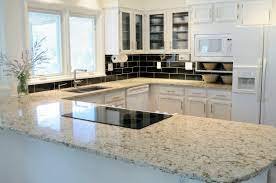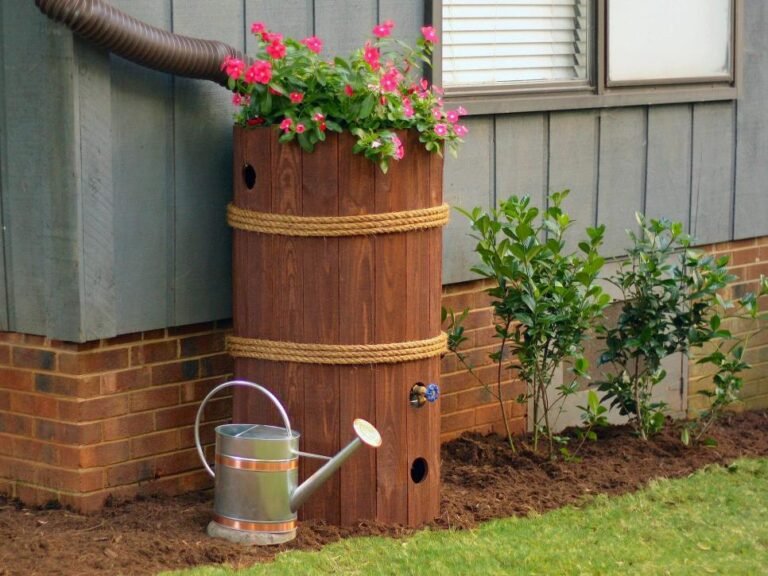Introduction
Kitchen islands are versatile and functional additions to any kitchen space. They provide extra counter space, storage, and can serve as a focal point for family gatherings and entertaining. While ready-made kitchen islands are widely available, building your own allows for customization and creativity. In this article, we’ll explore a variety of DIY kitchen island ideas to inspire your next home improvement project.
Assessment of Kitchen Space
Before diving into DIY kitchen island construction, it’s essential to assess your kitchen space. Consider the layout, traffic flow, and available square footage. Determine the ideal size and placement of your kitchen island to ensure it enhances rather than hinders the functionality of your kitchen.
Choosing the Right Design
When selecting a design for your DIY kitchen island, consider both aesthetics and functionality. Popular options include stationary islands, mobile carts, and custom-built solutions. Think about how you plan to use the island and choose a design that meets your specific needs.
Materials and Tools Needed
Building a DIY kitchen island requires basic carpentry skills and a few essential tools. Depending on the design you choose, you’ll need materials such as lumber, plywood, screws, and paint or stain. Be sure to gather all necessary supplies before starting your project.
Step-by-Step Construction Guide
Once you have your materials and tools assembled, it’s time to start building your DIY kitchen island. Follow these general steps for constructing a basic stationary island:
- Measure and Cut Materials: Begin by measuring and cutting your lumber to size according to your chosen design.
- Assemble the Frame: Use screws to assemble the frame of the island, including the base and sides.
- Attach the Countertop: Secure the countertop to the frame using screws or adhesive, ensuring it is level and sturdy.
- Add Storage Solutions: Install shelves, drawers, or cabinets as desired for added storage and functionality.
- Finish and Decorate: Sand any rough edges and apply paint or stain to finish the island. Add decorative elements such as trim or hardware to enhance the look.
Adding Storage and Functionality
One of the key benefits of a DIY kitchen island is the opportunity to customize storage solutions to fit your needs. Consider incorporating shelves, drawers, or cabinets to keep kitchen essentials organized and easily accessible. You can also add features such as built-in wine racks, spice racks, or towel bars for added functionality.
Creative DIY Kitchen Island Ideas
Get creative with your DIY kitchen island design by thinking outside the box. Consider repurposing old furniture or salvaged materials to create a unique and eclectic island. Ideas include using an old dresser or chest of drawers as a base, repurposing a vintage door as a countertop, or incorporating reclaimed wood for a rustic look.
Budget-Friendly Options
Building a DIY kitchen island doesn’t have to break the bank. Look for budget-friendly materials such as plywood, MDF, or salvaged lumber. Consider alternative countertop options such as butcher block or laminate for a cost-effective solution. You can also save money by repurposing existing furniture or materials from other projects.
Finishing Touches and Decoration
Once your DIY kitchen island is constructed, it’s time to add the finishing touches. Sand any rough edges and apply a coat of paint or stain to enhance the appearance and protect the wood. Consider adding decorative elements such as trim, molding, or decorative hardware to personalize the island and tie it in with your kitchen decor.
Maintenance and Care
To keep your DIY kitchen island looking great for years to come, it’s essential to maintain and care for it properly. Clean spills and messes promptly to prevent staining or damage to the finish. Avoid placing hot pots or pans directly on the surface, and use cutting boards to protect the countertop from scratches.
Before and After Showcase
To inspire your DIY kitchen island project, take a look at some before and after examples of successful transformations. From basic utility carts to custom-built islands, these real-life examples showcase the potential of DIY projects to enhance your kitchen space and add value to your home.
Common Challenges and Solutions
While building a DIY kitchen island can be a rewarding project, it’s essential to be prepared for potential challenges along the way. Common issues may include uneven surfaces, difficulty securing materials, or unexpected structural issues. However, with patience, creativity, and problem-solving skills, you can overcome these challenges and achieve the kitchen island of your dreams.
Conclusion
In conclusion, DIY kitchen islands offer a fantastic opportunity to add style, functionality, and personality to your kitchen space. Whether you’re looking to maximize storage, create a focal point, or simply improve the flow of your kitchen, building your own island allows for customization and creativity.





